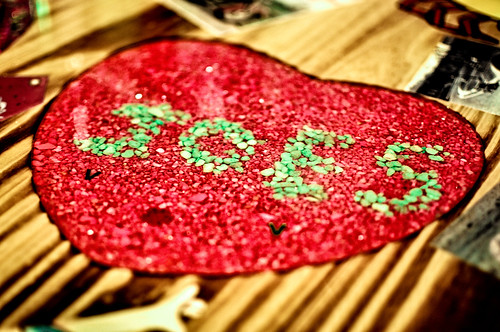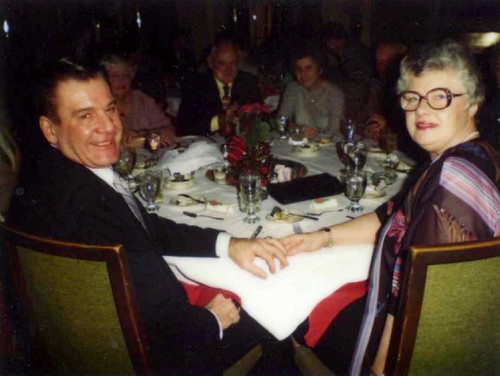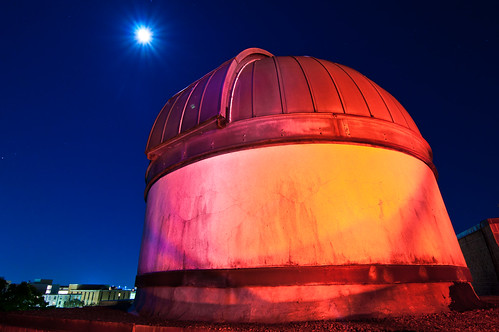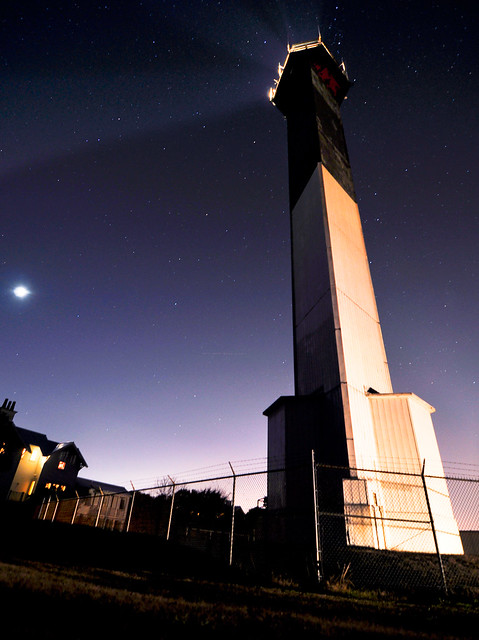Get A Little Closer
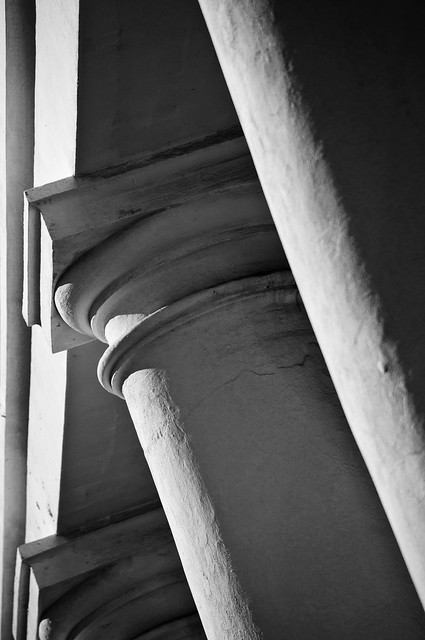
1/2500 sec f/5.0 165mm ISO 200
I took this photo of the columns of a church on Hasell Street the other day in this fashion because the light was really hard. Instead of fighting the light, I decided to get in close to exploit the hard nature of it. By focusing closely in on the lines and contours of the columns, I am able to create a graphically rich and textured photo of one of the more defining elements of a grand old Charleston building.
Sometimes the details of the scene can tell more than a wide literal shot. What is it about the scene that attracts you to it? What naturally draws your eye in the real scene (not the one in the viewfinder)? Try isolating those compelling elements and making a photo about them.
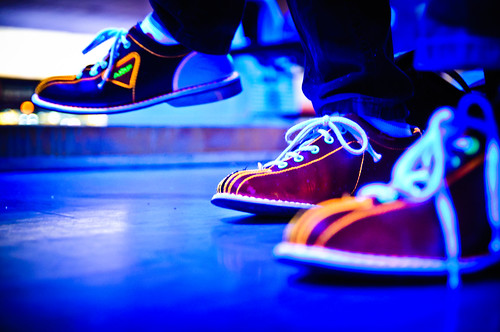
0.8 sec f/2.8 40mm ISO 1600
In the scene above, the lights had just dimmed and the black lights came on as “Rock N’ Roll Bowling” started at the AMF West Ashley bowling alley. They must have recently replaced all of their rental shoes, because I immediately noticed everyone’s glowing white laces and trim on their bowling shoes. I put the camera down at foot level and focused on the middle foot. Without showing a ball or pin, most anybody who’s ever been bowling before will recognize exactly what this shot is about.
While you should always move around and find different angles, don’t forget to get in close and fill the frame. A lot of my favorite photos are very simple compositions with only a few major elements. The best way to achieve that is to get in so close that there’s no room for anything else!
